EDITORIAL
Published on 01 Apr 2022
Editorial: Still Searching for the Origin of Migraine: From Comorbidities to Chronicization
doi 10.3389/fnhum.2022.880365
- 1,635 views
23k
Total downloads
181k
Total views and downloads
Select the journal/section where you want your idea to be submitted:
EDITORIAL
Published on 01 Apr 2022
ORIGINAL RESEARCH
Published on 09 Mar 2022
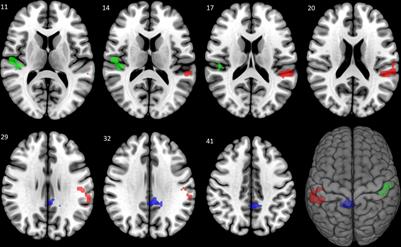
ORIGINAL RESEARCH
Published on 08 Nov 2021
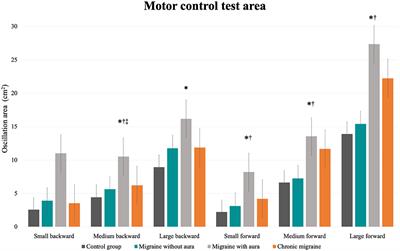
MINI REVIEW
Published on 03 Jun 2021

BRIEF RESEARCH REPORT
Published on 13 May 2021
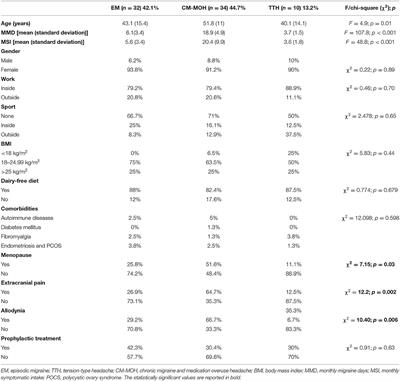
REVIEW
Published on 20 Apr 2021
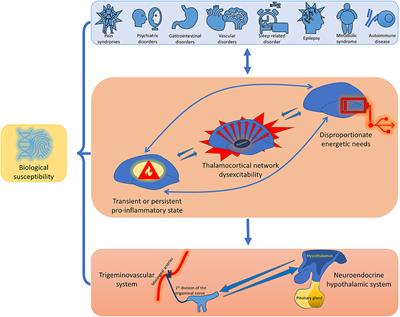
BRIEF RESEARCH REPORT
Published on 22 Jan 2021
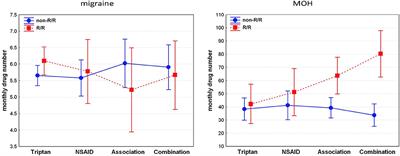
SYSTEMATIC REVIEW
Published on 18 Jan 2021
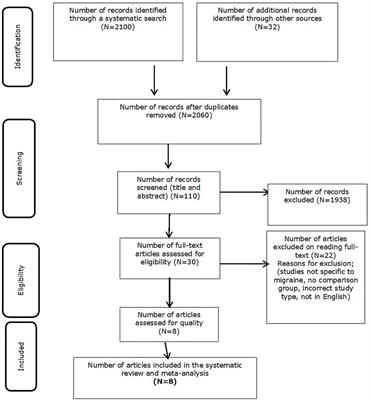
REVIEW
Published on 01 Dec 2020
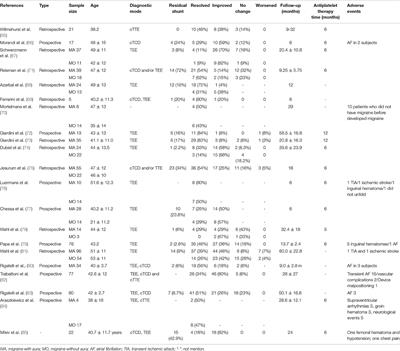
ORIGINAL RESEARCH
Published on 27 Nov 2020

SYSTEMATIC REVIEW
Published on 02 Nov 2020
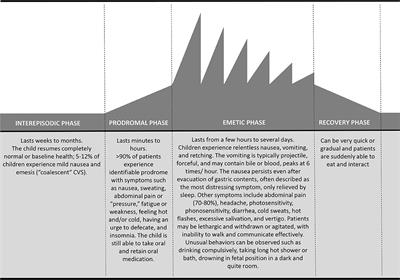
ORIGINAL RESEARCH
Published on 08 Oct 2020
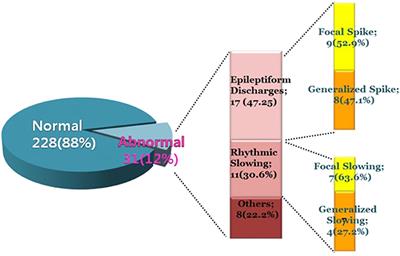

Frontiers in Neurology